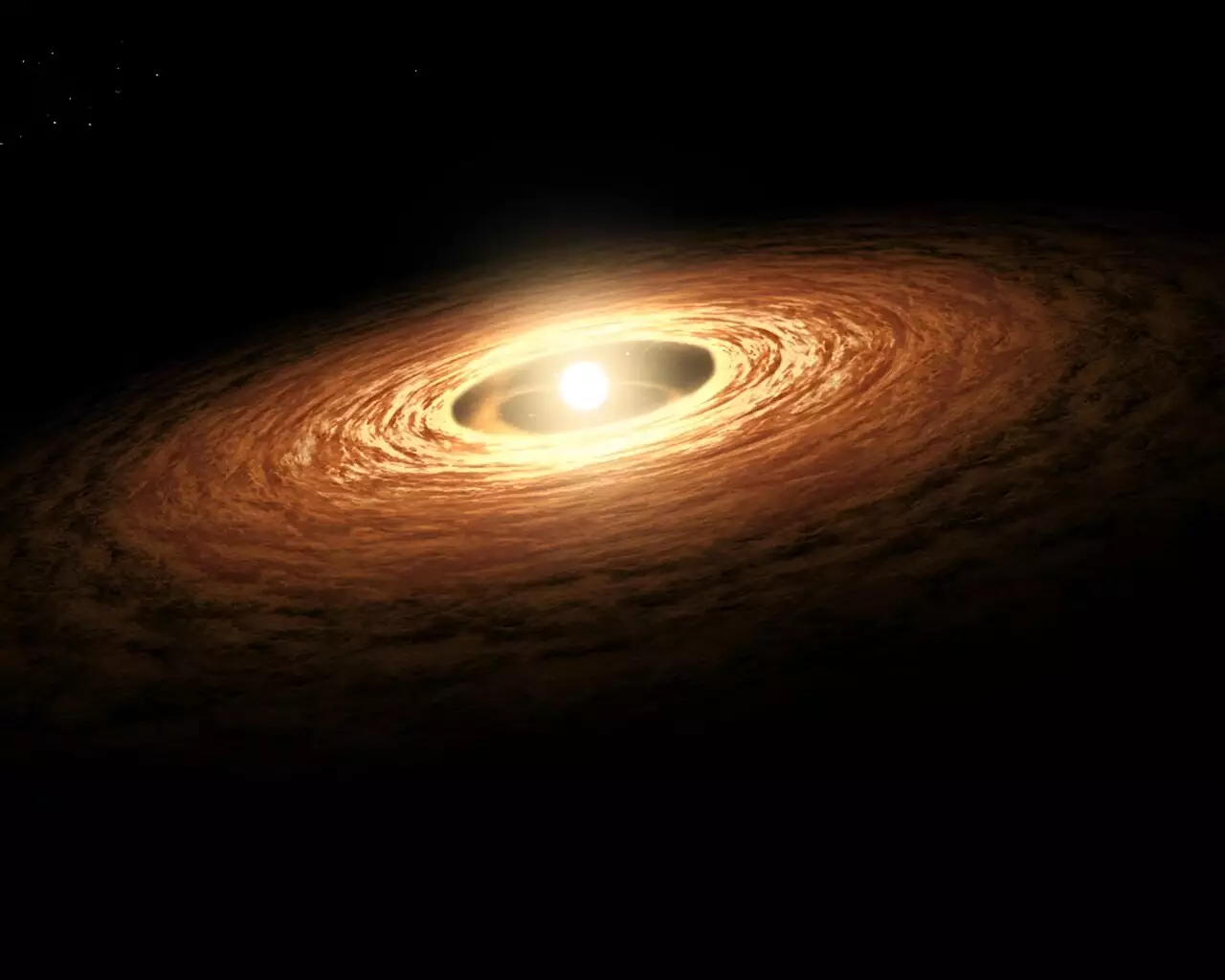In a significant shift from conventional astrological theories, scientists have challenged age-old notions regarding the origins of beryllium-10, a radioactive isotope believed to be birthed in the cataclysmic fire of supernova explosions. Research led by the Department of Energy’s Oak Ridge National Laboratory (ORNL) suggests that this isotope actually predates such cosmic events, hinting at a far more complex history of our solar system and its formation. This revelation not only stirs existing scientific paradigms but also invites a broader dialogue about the fabric of the universe and our place within it.
Beryllium-10, stemming from cosmic processes, existed around 4.5 to 5 billion years ago when the solar system was just coming into being. The prevalent theory posited that it was primarily produced during supernovae, the explosive end stages of massive stars. However, Raphael Hix, a nuclear astrophysicist at ORNL, leads the charge in suggesting that supernova explosions may not be the primary source of beryllium-10, as its presence is documented in the early solar system. This contradiction serves as a catalyst for further exploration into the processes that govern our universe.
The Case for Cosmic Ray Spallation
One of the more intriguing aspects of this new perspective is the idea of cosmic ray spallation—a process wherein high-energy cosmic rays collide with the nuclei of atoms, breaking them apart to form new isotopes. Specifically, beryllium-10 is thought to result from collisions involving carbon-12, a more abundant isotope. When these high-energy protons break apart carbon nuclei, the byproducts can include beryllium-10, giving credence to the theory that this isotope may have originated not from dying stars, but rather from the interstellar medium itself—a vast expanse filled with low-density matter that bridges the stars.
This ongoing conversation around cosmic ray spallation also reinforces the notion that the universe isn’t simply a graveyard of dead stars but rather a bustling field of interactions, continuously shaping and reshaping matter. It flips the narrative, making it clear that while stars create elements through nucleosynthesis, numerous other processes contribute to the elemental diversity found in meteorites and, consequently, on Earth.
Insights from Advanced Computational Models
The findings published in the journal Physical Review C gain credibility from extensive computational work involving simulative studies of nucleosynthesis. Hix, along with colleagues including then-postdoctoral researcher Andre Sieverding, utilized high-performance computational resources at DOE’s National Energy Research Scientific Computing Center to analyze the production of isotopes in supernovae. Their findings revealed something astounding: the reaction rates for creating beryllium-10 during these explosive events were much slower than previously thought, leading to the conclusion that supernovae are unlikely to produce sufficient amounts of this isotope to account for what’s observed in meteorites.
Moreover, the new reaction rates derived from refined experimental methodologies indicate that the process might destroy rather than create beryllium-10 under supernova conditions. This dramatic reassessment propels the narrative forward, suggesting that scientists might need to revise existing models of stellar evolution to account for the elusive origins of beryllium-10.
A Collaborative Effort and Its Implications
This groundbreaking study exemplifies the power of collaborative scientific inquiry. In addition to contributions from ORNL researchers, specialists from the University of Notre Dame, and the Technical University of Darmstadt in Germany played vital roles in interpreting experimental data and calculating theoretical reaction rates. The team collectively navigated complex nuclear properties and experimental challenges to piece together a narrative about beryllium-10 that diverges substantially from the established storyline.
This research not only poses profound implications for how we view the early solar system but also reshapes our understanding of galactic chemistry. The discovery presents a framework for re-evaluating other isotopes and elements that have been traditionally attributed to stellar processes. What it ultimately signifies is that the universe is more intricate than simple categorizations allow; it demands a multifaceted approach to comprehend the cosmic story.
In a landscape where cosmology meets nuclear physics, this transformational work on beryllium-10 adds layers of complexity and intrigue to our quest for understanding. It pushes scientists to continually refine their hypotheses and methods, ensuring the dynamic nature of scientific inquiry remains at the forefront, as we strive to encounter the mysteries of our universe with open minds and innovative tools.


Leave a Reply